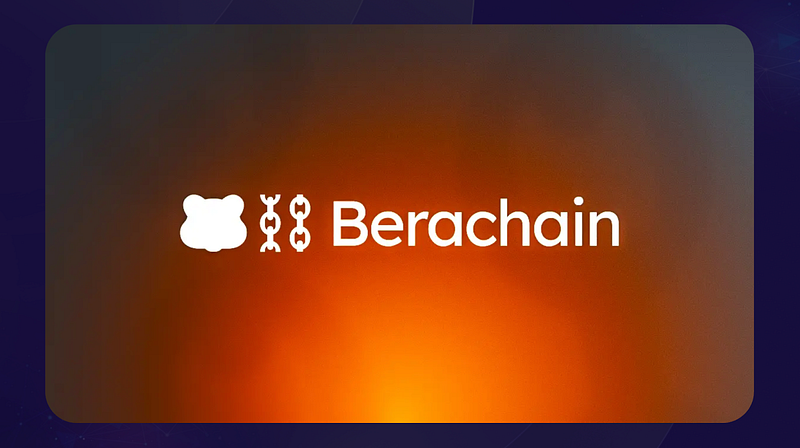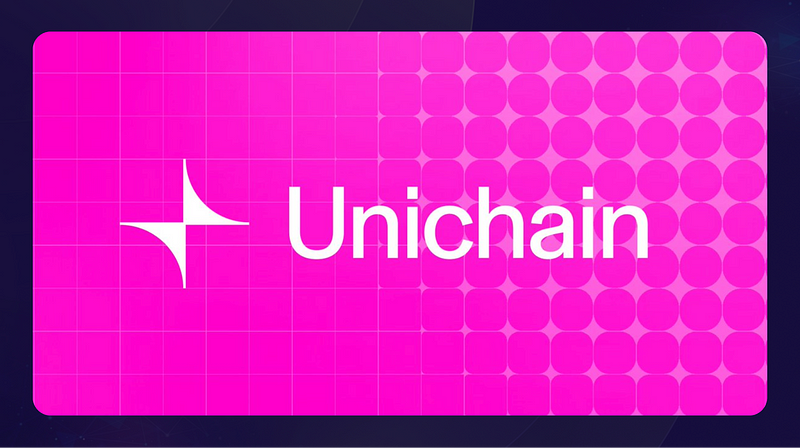February 2025 Public Chain Industry Research Report: Challenges and Innovations in the Correction
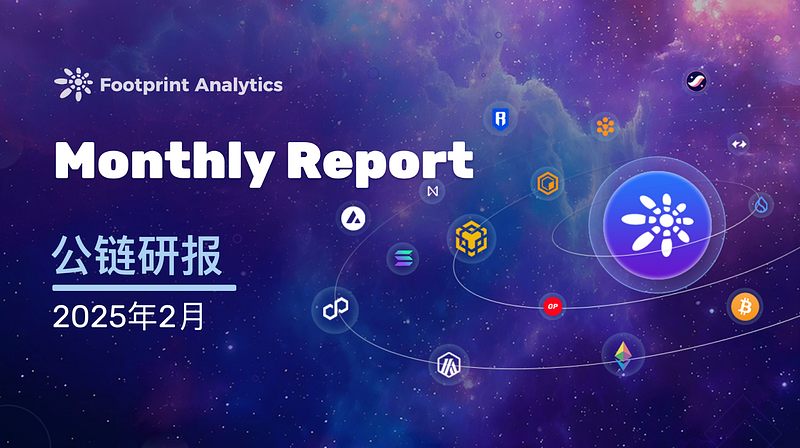
Author: Stella L ( stella@footprint.network)
*Data Source: * Footprint Analytics Public Chain Research Page
In February 2025, the blockchain market experienced a significant market adjustment, posing challenges to both established networks and emerging public chains. Bitcoin showed robust performance, further strengthening its dominance, while most chains, including Solana, Avalanche, and Ethereum, saw substantial declines. Nevertheless, development activity in the public chain sector did not slow down: the launch of the Berachain mainnet, the Base infrastructure upgrade, and the introduction of Uniswap's Layer 2 were highlights of the month.
Market Overview
The market saw a notable correction in February: Bitcoin dropped from $98,768 to $84,177, a decline of 14.8%, while Ethereum fell even more sharply, from $3,065 to $2,216, a drop of 27.7%. In the last week of the month, as security panic spread, selling pressure intensified.
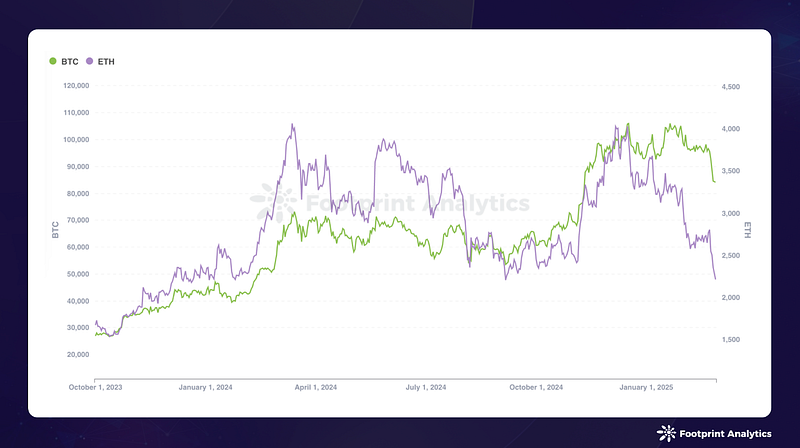
This correction followed the bullish market in January, but market signals were mixed, with investors oscillating between optimism and concerns triggered by security vulnerabilities. Market sentiment deteriorated, and risk appetite declined, especially in speculative areas like Memecoins. Globally, the North American market showed cautious optimism due to policy changes, while the Asia-Pacific market felt the impact of hacking attacks more acutely.
Regulatory and Policy Changes
The Trump administration's executive order on cryptocurrencies focused on self-custody and stablecoin development, providing rare policy clarity for the industry. However, the ByBit hacking incident on February 21, which resulted in a loss of $1.5 billion, set a record for the largest loss in cryptocurrency history, triggering new security concerns and a rapid shift in market sentiment. Meanwhile, the SEC softened its stance, pausing investigations into companies like Coinbase, Binance, and Uniswap, and dropping its appeal against the "dealer rule." The bipartisan GENIUS Act (the U.S. Stablecoin National Innovation and Establishment Act) further strengthened the regulatory framework for stablecoins, indicating a friendly trend in the U.S. regulatory environment.
Investor behavior reflected this turmoil. The Memecoin craze driven by Argentine President Milei quickly cooled due to negative news, leading to a sharp decline in valuations and a significant drop in trading volume. This shift suggests that the market is retreating from high-risk assets.
Layer 1
Layer 1 public chains generally faced pressure, with total market capitalization declining by 20.8% to $2.3 trillion. Bitcoin's dominance rose from 71.3% to 74.2%, while Ethereum's share shrank from 14.0% to 11.9%. BNB saw a slight increase in its share to 3.7%, but Solana dropped from 4.0% to 3.3% after a price plunge of 36.3%.
Litecoin bucked the trend, rising 1.0% to $128.7, while Solana (-36.3%), Avalanche (-35.7%), and others lagged behind.
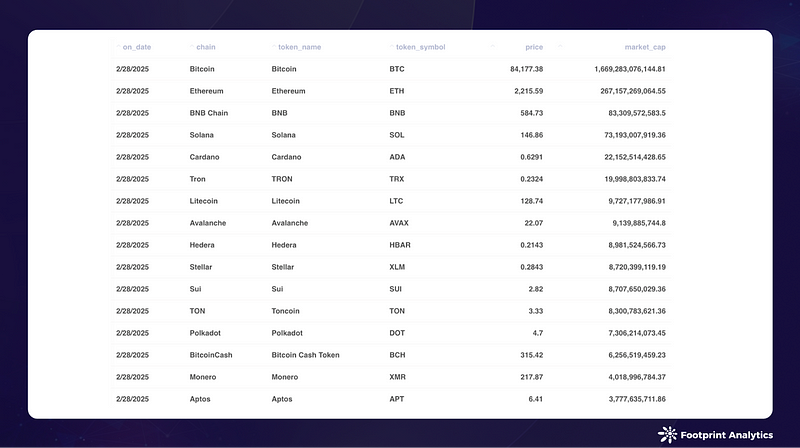
DeFi TVL fell by 20.0% to $82.9 billion, with Ethereum at $44.9 billion (down 21.7%) and Solana at $8.6 billion (down 34.1%).
Berachain emerged rapidly, jumping to sixth place with a TVL of $3.2 billion after launching its mainnet on February 6. The chain issued 80 million BERA tokens and adopted a "proof of liquidity" model—an innovative staking method that converts liquidity into network security. Following a $100 million funding round in 2024, this month's airdrop and governance incentives fueled market enthusiasm. Unlike traditional proof of stake, this approach may redefine how public chains balance growth and stability, making Berachain a project to watch.
The Memecoin craze on Solana has noticeably cooled. High-profile failures, such as the tokens associated with Argentine President Milei, have damaged market confidence, leading to a significant decline in trading volume on DEX platforms like Raydium. While Memecoins are unlikely to disappear and can be viewed as digital collectible cards, their peak frenzy may have passed, with traders beginning to focus more on fundamentals rather than speculation.
Bitcoin Layer 2 & Sidechains
The TVL of Bitcoin L2 and sidechains shrank by 24.5% from $2.7 billion to $2.1 billion. Core led with a TVL of $460 million (down 42.0%), followed by Bitlayer ($350 million) and BSquared ($320 million). BOB performed well, only declining 7.9% to $220 million.
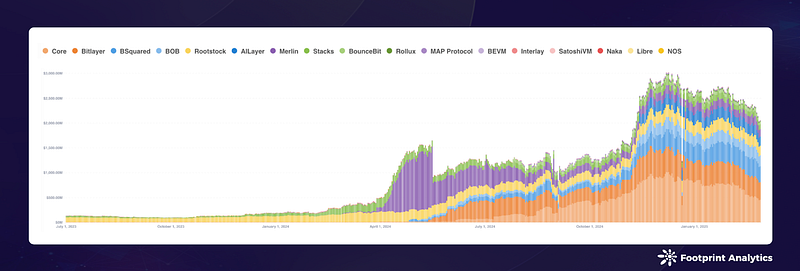
Among mid-sized platforms, Merlin performed relatively well, with a slight decline of 9.3% to $15 million. Smaller platforms faced greater pressure, with SatoshiVM down 31.5%, MAP Protocol down 29.6%, and Interlay down 27.4%.

The sluggishness in this sector aligns with the views of Stacks co-founder Muneeb Ali at Consensus 2025: "As initial enthusiasm fades, more than two-thirds of existing Bitcoin Layer 2 projects will disappear within three years." He predicts that the market will face severe challenges, and the industry's downturn in February suggests that consolidation may have already begun. Looking ahead, platforms that can demonstrate real utility may prove more durable than those relying solely on momentum.
Ethereum Layer 2
Ethereum L2 TVL fell by 23.4% to $14 billion. Arbitrum maintained its lead with a TVL of $4.5 billion (down 33.4%), while Base climbed to second place with a TVL of $4.2 billion (down 10.6%), pushing Optimism ($2.1 billion) to third. Polygon zkEVM surged 104.1% to $300 million, becoming a rare highlight of the month.
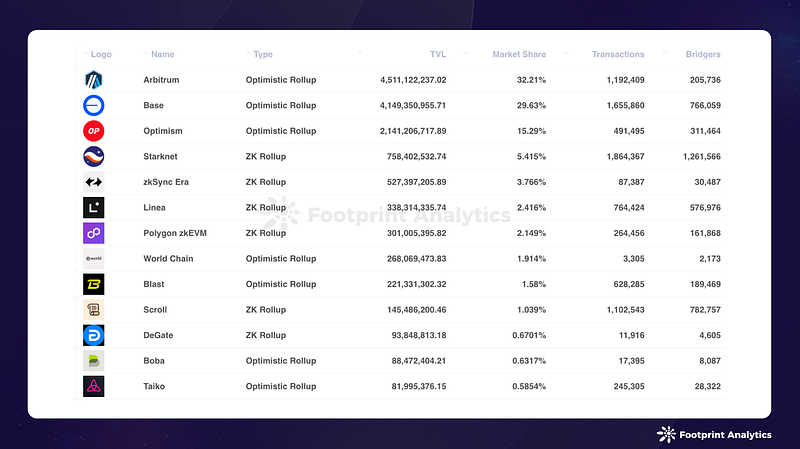
Base launched Flashblocks (faster transaction confirmations), Appchains (custom L3), and smart wallet subaccounts to maintain user stickiness. Unichain launched its mainnet on February 16, having processed 95 million transactions on its testnet, positioning itself as a game changer in scalability performance, with heavyweight institutions like Circle joining. Starknet Nums application chain, as a Layer 3 gaming innovation, showcases the future of modular design.
Meanwhile, Sonic EVM, although not an Ethereum Layer 2, attracted significant attention with its Mobius mainnet launch on February 27 as the first SVM chain expansion of Solana, achieving 10,000 TPS and bringing $47.6 million in funding to Aave within days. These initiatives indicate that Layer 2 projects are doubling down on technology rather than just hype.
Vitalik Buterin commented on February 19, emphasizing that Ethereum needs to clarify its positioning amid increasing competition. He urged Layer 2 to take the lead in scalability (such as a 17-fold increase in transactions) and interoperability, noting that they have evolved from "advanced multi-signatures" into powerful networks. Although he did not directly comment on Sonic EVM, its EVM compatibility and speed resonate with his vision of a seamless connection within the "Ethereum universe." However, he also expressed dissatisfaction with the casino-like tendencies in the ecosystem, calling for a focus on real value rather than speculative bubbles.
Financing Situation
Financing activities slowed down, with six transactions completed in February, totaling $32.4 million. Mango Network raised $13.5 million for its EVM-MoveVM hybrid chain, planning to launch in Q1 2025. Fluent Labs secured $8 million in funding to develop a multi-VM Layer 2 connecting Ethereum and Solana.
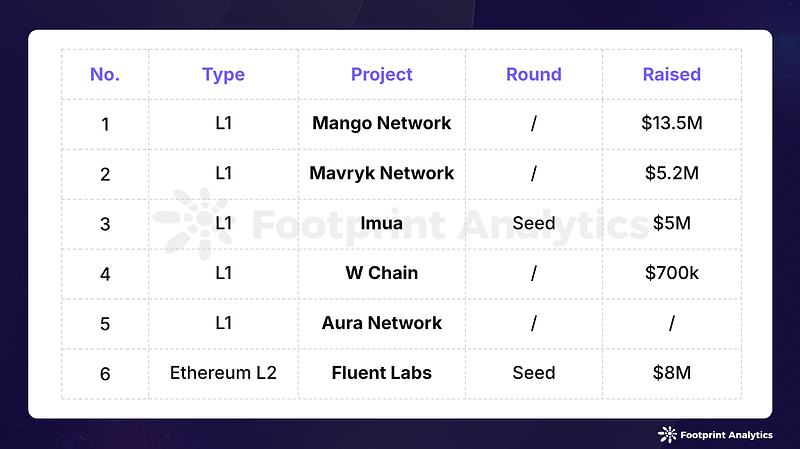
The data for this report comes from Footprint Analytics' Public Chain Research Page, which provides an easy-to-use dashboard containing the most critical statistics and metrics in the public chain sector, updated in real-time.
This content is for industry research and communication purposes only and does not constitute any investment advice. The market is risky; investment should be cautious.
About Footprint Analytics
Footprint Analytics is a comprehensive blockchain data analytics platform that simplifies complex analysis for businesses and projects in the Web3 ecosystem. It offers customized solutions that eliminate the need for extensive expertise and infrastructure maintenance. The platform provides long-term growth tools designed to help gradually build and manage communities, emphasizing sustainable growth and user loyalty. By combining powerful analytics tools with community management tools, Footprint Analytics enables projects to effectively leverage blockchain data for decision-making and growth strategies across various fields, including GameFi, NFTs, and DeFi.



